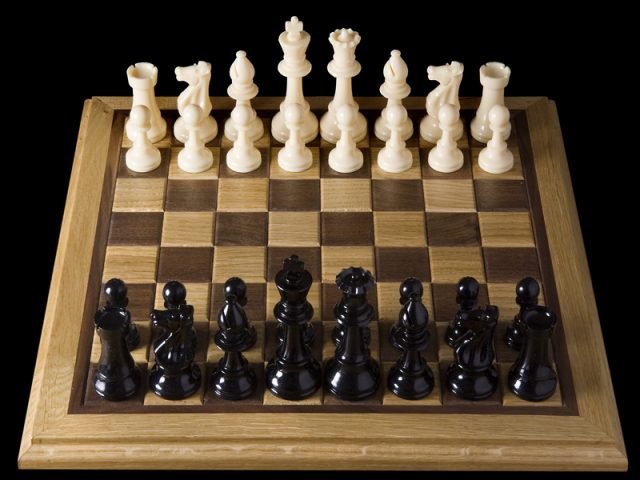
"The team grew out of a group of students with programming skills and who chose the game chess due to its popularity in the computer science field. With a game that consists of 64 squares and two players controlling 16 pieces, the students had to apply “data structures for all of these, plus logic for making and verifying moves and end game conditions.” To demonstrate the attributes of an Ethereum distributed application, they also added methods for betting.
...
The students said they quickly ran into a major roadblock, discovering it was computationally impossible for the blockchain to end a match. In order to verify a checkmate, Grau wrote, all possible moves must be calculated and verified, which he and his peers found was not feasible on the blockchain."
Read more:
